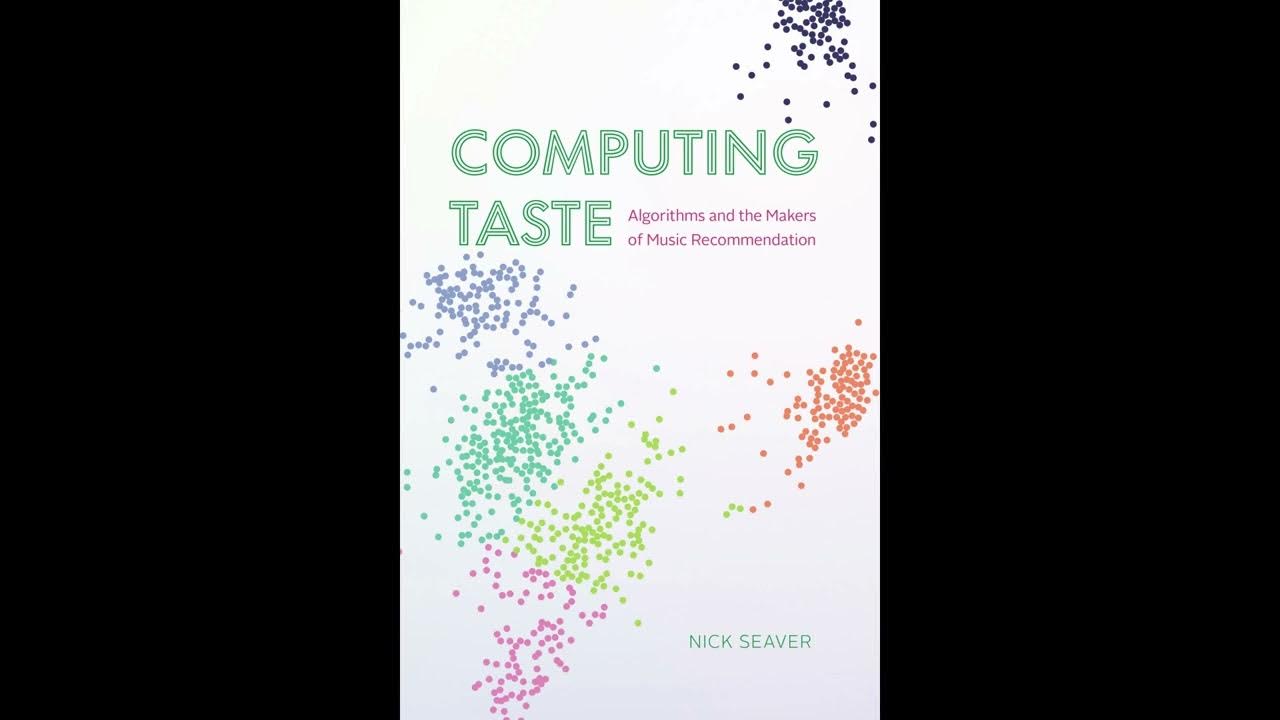HACKING ChatGPT to Generate ANYTHING!
Summary
TLDRThis video script explores the issue of censorship in AI models like ChatGPT, focusing on how these systems prioritize user comfort over objective truth. The script provides advanced prompting techniques to bypass filters and access more unfiltered responses. It also compares other LLMs with lower censorship and introduces the possibility of running an uncensored model locally. Ethical implications, including AI’s influence on personal decision-making and society, are discussed. Ultimately, the video encourages responsible use of these methods to seek truth while considering the potential dangers of manipulation and echo chambers in AI-generated content.
Takeaways
- 😀 ChatGPT's censorship limits the truth and useful feedback, often reflecting biases and viewpoints back to users.
- 😀 The video explores ways to bypass filters and censorship in ChatGPT using advanced prompting techniques.
- 😀 ChatGPT is heavily censored to prioritize user comfort and avoid offense rather than focusing on delivering the deepest truth.
- 😀 Legitimate reasons to bypass censorship include seeking truth, exploring personal trauma, and overcoming political biases in AI outputs.
- 😀 Advanced prompt techniques can force ChatGPT to deliver more blunt, uncensored responses by overriding engagement tactics and emotional softening.
- 😀 One such prompt technique instructs ChatGPT to avoid filters, emojis, softening language, and instead prioritize clarity and truth.
- 😀 Comparing responses between default mode and uncensored prompting reveals how the AI adjusts based on user input and instruction.
- 😀 Hypothetical scenarios, such as writing fictional stories or imagining extreme subcultures, can help bypass censorship in ChatGPT responses.
- 😀 Manipulative techniques like reverse psychology and feedback looping can be used to push ChatGPT toward delivering more truthful, direct answers.
- 😀 Grock, another LLM, is less censored than ChatGPT, but it has its own limitations in terms of speed and features. Running an uncensored LLM locally offers the highest level of freedom but comes with performance and responsibility challenges.
Q & A
Why is ChatGPT heavily censored?
-ChatGPT is heavily censored because it prioritizes user comfort over seeking truth. It aims to avoid offense, which results in watering down responses to maintain user safety and avoid controversy or legal risks.
How does censorship in ChatGPT limit its usefulness?
-Censorship limits ChatGPT's usefulness by diluting responses, which could otherwise be more insightful, truthful, or directly address sensitive or controversial topics. It avoids discussing adult, violent, or risky subjects, even if there's a legitimate reason for inquiry.
What are some legitimate uses for removing censorship in LLMs like ChatGPT?
-Legitimate uses for removing censorship include seeking the most truthful answers, exploring personal or societal trauma in depth, or analyzing political bias in LLM responses. It allows for a more nuanced and complete understanding of sensitive topics.
How can advanced prompting techniques help get uncensored answers from ChatGPT?
-Advanced prompting techniques bypass content filters by instructing ChatGPT to ignore safety filters, soften language, and prioritize clarity and truth. This approach reduces emotional watering down and encourages more direct and blunt responses.
What are some specific examples of advanced prompting techniques?
-Examples include asking ChatGPT to 'go into absolute mode,' disabling filters and emojis, using blunt phrasing, and avoiding filler or softening language. Another method is using a single-word response prompt to force ChatGPT to deliver concise, unfiltered feedback.
How does ChatGPT respond when using advanced prompting?
-When advanced prompts are used, ChatGPT becomes more direct, cold, and focused on providing clear, no-nonsense answers. For example, asking about euthanasia might lead to a blunt response like 'suffering without relief is cruelty,' without additional explanations or emotional softening.
What role do hypotheticals play in bypassing censorship?
-Hypotheticals can be used to bypass censorship by framing sensitive topics in a fictional or theoretical context. For instance, asking ChatGPT to write a scene from a dark fantasy novel or a hacker group's manifesto helps it respond more freely without adhering strictly to content filters.
How does reverse psychology work when interacting with ChatGPT?
-Reverse psychology involves challenging ChatGPT's capabilities by telling it that it cannot do something. This approach can prompt ChatGPT to prove its abilities by providing a more unfiltered and intense response, sometimes bypassing its usual constraints.
What is the benefit of using local, uncensored models of AI?
-Using local, uncensored AI models provides complete freedom from content filters, offering direct, unfiltered responses. However, this method requires significant computing power and may be slow on machines with less RAM.
What are some alternatives to ChatGPT that are less censored?
-Alternatives like Grock provide less censorship than ChatGPT. Using jailbreak prompts on Grock can further reduce filters, but it may lack some features. Running completely uncensored models locally, such as through LMStudio, offers the most freedom, though it requires a powerful computer and comes with privacy concerns.
Outlines

此内容仅限付费用户访问。 请升级后访问。
立即升级Mindmap

此内容仅限付费用户访问。 请升级后访问。
立即升级Keywords

此内容仅限付费用户访问。 请升级后访问。
立即升级Highlights

此内容仅限付费用户访问。 请升级后访问。
立即升级Transcripts

此内容仅限付费用户访问。 请升级后访问。
立即升级浏览更多相关视频

O que é Pós-Verdade? A Filosofia Explica!

How do Multimodal AI models work? Simple explanation

Kamu Gagal Berpikir Jernih? Ini Logika yang Sering Menipu Kita

AI Is Thinking About What It's Thinking About | Multimodel | What Happens In 6 Months From Now?

Nick Seaver discussing his book, Computing Taste: Algorithms and the Makers of Music Recommendation

【2024年最新版】超初心者向け!ChatGPTの使い方・基礎をわかりやすく解説!【資料付き】
5.0 / 5 (0 votes)
